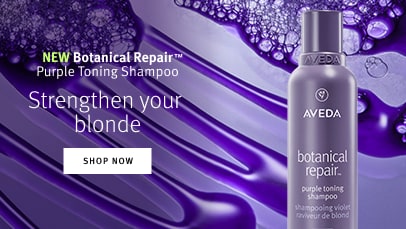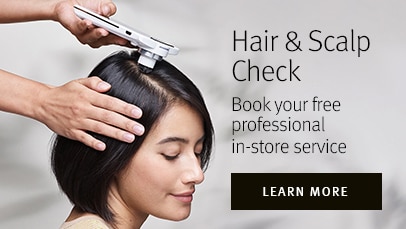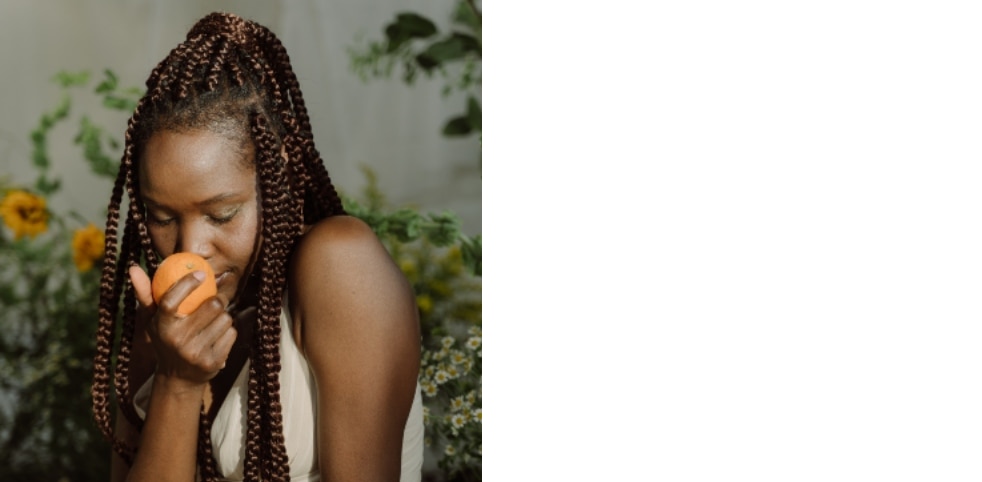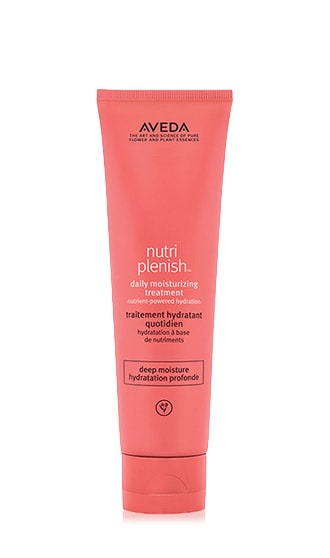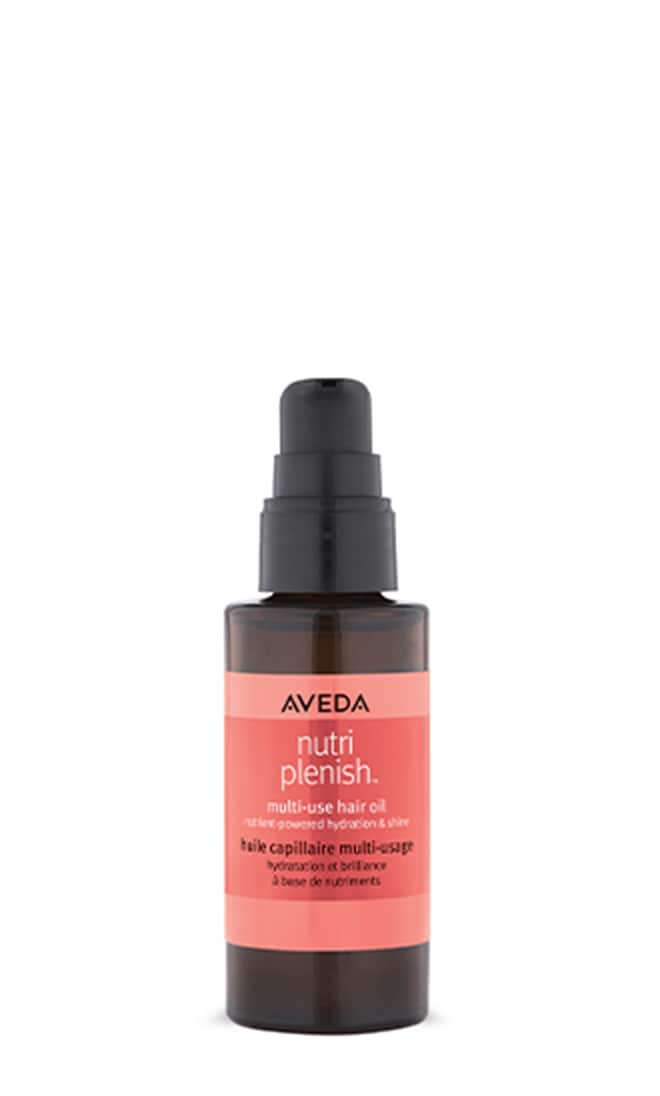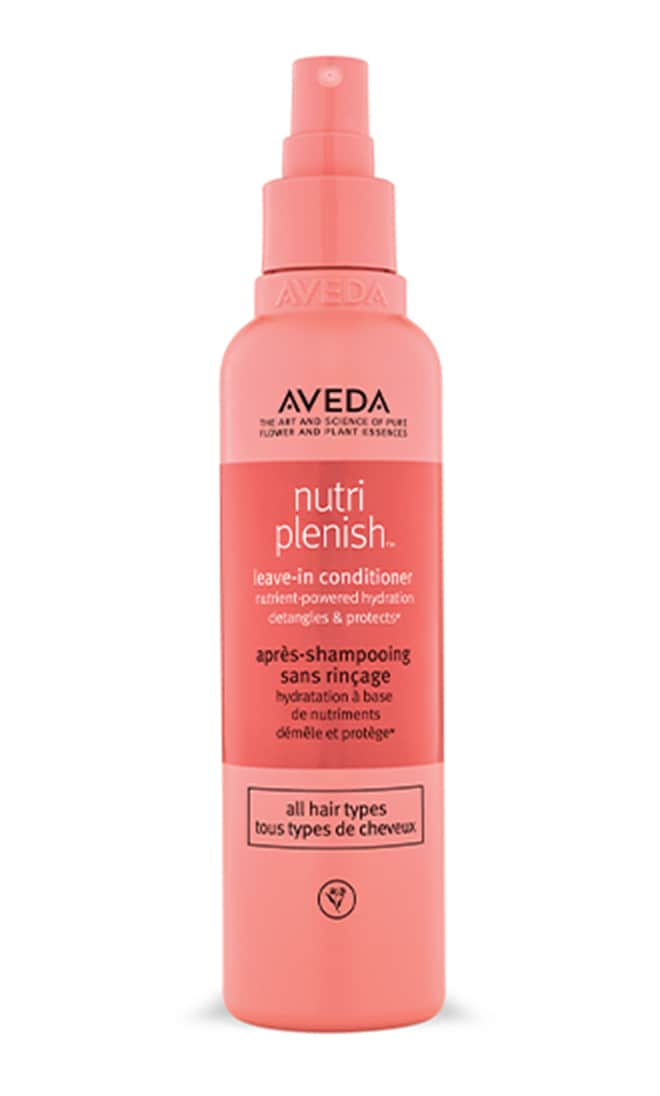“Protective styling is a way mainly for ‘curlies and coilies’ who like to put their hair away and really just help keep the health of the hair.”
Protective hairstyles refer to a range of different styles that aim to keep the hair in place and away from over-manipulation and damage. For many people with curly hair, protective hairstyles are a form of curly hair care that helps to minimise frizz, damage, and breakage. Aveda Hair Colour and Texture Artist, Naomi Dove, discusses protective styles and what makes them effective. She also gives a range of tips on how to take care of protective hairstyles and maintain your curly hair health in general.
What are protective hairstyles?
"I do a lot of twist-outs, I do a lot of straightening, and sometimes I just want to put my hair away, so I'm not overdoing it, and my hair can still grow and be healthy, happy and thriving."
As previously mentioned, protective hairstyles help to keep curly hair healthy and reduce the damage inflicted on it. But what constitutes a protective hairstyle? Naomi references a range of popular styles, including box braids, cornrows, and flat twists.
She also recommends switching up the kinds of protective hairstyles for hair growth. Leaving in protective hairstyles for too long or continuously repeating the same style over and over can lead to excess tension in certain areas of the hair and cause hair loss and damage.
How to take care of protective hairstyles
While protective hairstyles are very effective in helping to maintain and keep curly hair healthy, Naomi also talks about the maintenance that needs to happen before, during, and after doing protective hairstyles. Failing to take care of your hair when doing protective hairstyles can actually lead to further damage.
Before
"The health of your hair comes from the foundation at your scalp."
Naomi stresses that caring for your hair before creating a protective hairstyle is just as important as during the styling process. A crucial first step in prepping your hair is making sure that you have a clean scalp. With protective hairstyles, scalp health is key in ensuring your hair condition remains healthy. Another tip Naomi gives before you do a protective hairstyle is to visit your local Aveda salon or stylist. Before you begin to style your curly hair, get a fresh haircut—a trim will eliminate dead ends and help your hair be at its optimal condition before you do anything else.
During
Once your hair is in a protective hairstyle, there are a range of products and treatments you can use to keep it healthy and hydrated. Naomi recommends starting with our foam reset™ rinseless hydrating hair cleanser to cleanse the hair and scalp without over-wetting it. Simply take a few pumps and massage the product into the scalp and the hair. Wait for it to absorb into the hair.
For added hydration, Naomi follows this with our nutriplenish™ multi-use hair oil. Containing sunflower oil, jojoba oil, and avocado oil, the multi-use oil is perfect for providing moisture to the scalp and hair. Dab gently into the scalp and hair and wait for it to dry.
After showering, to hydrate her protective hairstyle for bed, Naomi likes to use the nutriplenish™ leave-in-conditioner by spraying it across the head and pressing it into her braids. For those who have a softer protective style, like a flat twist, and might find the leave-in spray too wet, Naomi recommends using our nutriplenish™ daily moisturizing treatment. She emulsifies the product between her hands and then squeezes it into the hair. This helps to reduce frizz and lay down flyaways without feeling too heavy on the hair. "I don't want anything to feel heavy. I don't want to feel like I have build-up… I really love how lightweight these products are and really helping me keep and maintain my style," says Naomi.
After
"To be able to make sure you're taking advantage of all the benefits of having a protective style is how you remove it.”
Once you have removed your protective hairstyle, don’t forget that you need to put in just as much effort treating your hair after as you did during. Once you take out the braids or other protective hairstyles, there will be hairs that didn’t have the opportunity to shed while it was up. To avoid breakage, Naomi recommends gently pulling it apart and removing the hair little by little. To make it easier, you can also take the nutriplenish™ multi-use hair oil, massage it through the hair and use it to help you pull the hair apart and untangle.
Protective hairstyles for curly hair are a stylish and effective way of protecting, maintaining, and treating your hair. With all the styling and damage that our hair sees, it’s important to learn how to properly take care of it. For our curly-hair girls who are looking for more tips and tricks, check out our guide to curly hair plopping.
